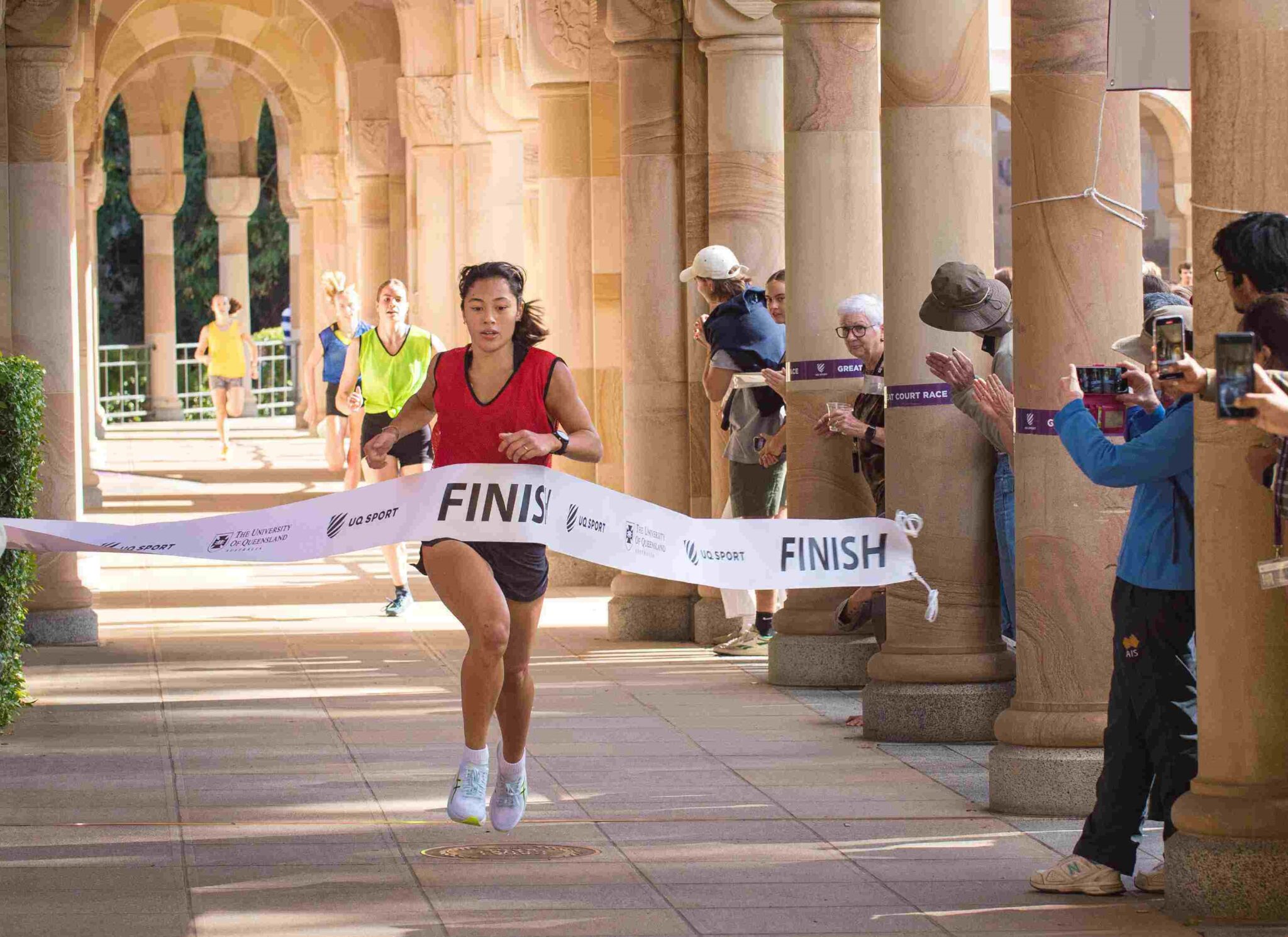Stop avoiding it! How to get full-body fit on the rower
That poor, lonely machine. All on its own.
There’s never a queue to get on it. You’ll never find it run down, because it’s rarely getting any action. It’s always just sitting there, waiting for someone to hop on. But like Willie’s old tractor – it may not look like a swish, high-tech machine, but it gets the job done.
Yes, I’m talking about the rowing machine. The gym’s unsung hero. It’s diamond in the rough – hidden in plain sight.
Are you one of those guilty of ignoring it? I know I am.
If you already use the rower, that’s great (maybe read this article about HIIT workouts instead). But the sad truth is that the rower is one of the most under-utilised machines in the gym, yet the one that can give you the best results. No exaggeration.
SO WHY ARE MOST OF US AVOIDING THE ROWING MACHINE?
Personally, I feel like an absolute oaf on the rowing machine.
The coordinated sequence of moves frazzles my brain. So to save myself some embarrassment, I steer clear of the rower. And wrongly so.
The underlying problem isn’t that the rower is hard to use. It’s more that most people are rarely shown (and don’t ask) how to use it correctly.
There are people who make it look effortless. These are the people that have taken the time (I’m talking minutes) to learn proper rowing technique. And once you know how, it really becomes second nature. Like riding a bicycle, except it’s like, um, err… rowing a boat.
“But I don’t row!” You really shouldn’t skip out on all the oar-some (cringgggeeeee – sorry, couldn’t help myself!) fitness benefits the rowing machine has to offer.
THE MOST OVER-QUALIFIED AND UNDER-APPRECIATED MACHINE IN THE GYM
Did you know… rowing is one of the most effective full-body workouts?
Not only is rowing a great cardio exercise giving you heaps of aerobic benefits, but it also targets ALL major muscle groups.
There’s this misconception that rowing is mainly upper body (arms and chest), but in fact, it’s a big core and legs blaster too.
If you’re doing it right, the power should be spread: 60% legs, 20% core and 20% arms. And it’s the resistance forces from the rower that’ll give you the anaerobic benefits of helping to build up your muscle strength.
Rowing is also a super-fast calorie burner. More efficient than running, cycling, wrestling, wife carrying, quidditch and pretty much all cardio-intense activities.
Yep. The evidence is pretty convincing, huh? There’s no denying it any longer…
The rower is by far the best exercise machine in the gym.
SAFETY FIRST
Just a quick safety spiel before we get down to the demo.
Overall, rowing is a low-impact exercise meaning it’s easy on the joints.
However, if you haven’t got the right technique nailed down, the repeated large ranges of movement can take their toll on your knees, hips and back. So it’s very important to get your rowing technique right before you make it a regular feature in your workout routine.
HOW TO GET THE PERFECT ROWING TECHNIQUE
Demo time!
Jenny Krippner is our UQ Sport rowing pro. With 11 years rowing experience, including rowing for UQBCand competing at state and national championships, we’re pretty sure Jenny knows what she’s talking about.
Hit play and watch as Jenny talks you through and shows you how to master a controlled and effective rowing technique:
JENNY’S TOP ROWING WORKOUTS
To start you off, here are examples of approximate strokes per minute for varying intensities:
• Steady = 18-26 spm
• Moderate = 26-32 spm
• Vigorous = 32-38 spm
Resistance for guys should be around 6 or 7 and for girls around the 4 or 5 mark.
Also, a quick tip to bear in mind is that resistance levels can vary from machine to machine, so have a trial row before starting your workout and adjust to what feels right for you.
HIIT intervals:
- 2-minute warm up at a steady pace
- 1 minute giving it your max, followed by 1 minute of recovery (repeated 10 times)
- 2-minute cool down at a steady pace
Stroke-based intervals:
- 2-minute warm up at a steady pace
- 10 strokes at your max intensity, followed by 30 seconds of recovery
- 15 strokes at your max intensity, followed by 30 seconds of recovery
- 20 strokes at your max intensity, followed by 30 seconds of recovery
And so on, until you hit 50 and then reverse so the strokes descend in number.
Endurance:
- 5-minute warm up at a steady pace
- 15 to 20 minutes at a moderate pace
- 5-minute cool down at a steady pace
Need some more help getting your rowing technique spot on?
Just ask (Jenny if you see her around the gym, or) any of our gym instructors who’re always happy to help you get the most out of all the machines in the gym – including the misunderstood ones.
So don’t you think it’s time you made friends with the rower?
Let us know in the comments whether you’re a rower lover or hater.
Flickr Creative Commons Image via Darron Birgenheier.

